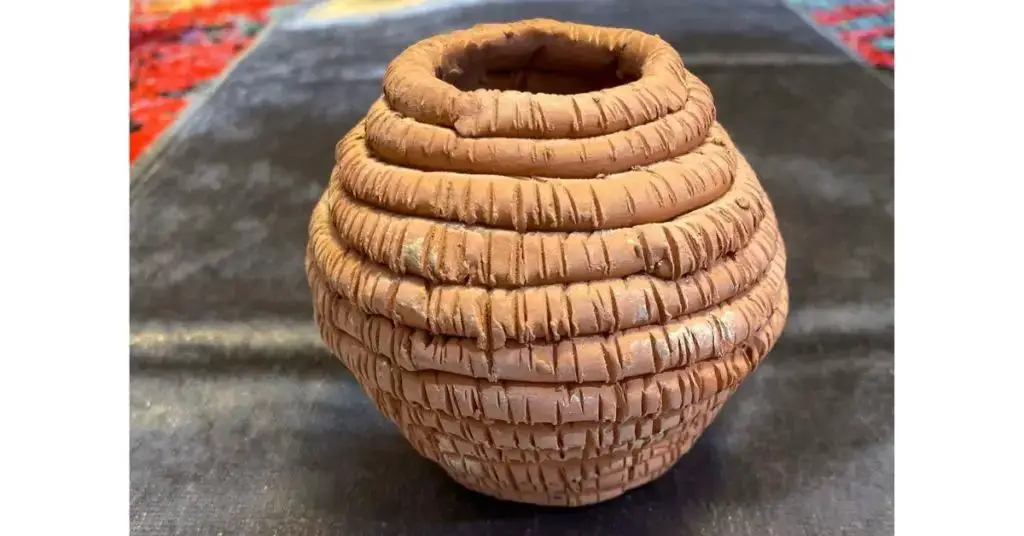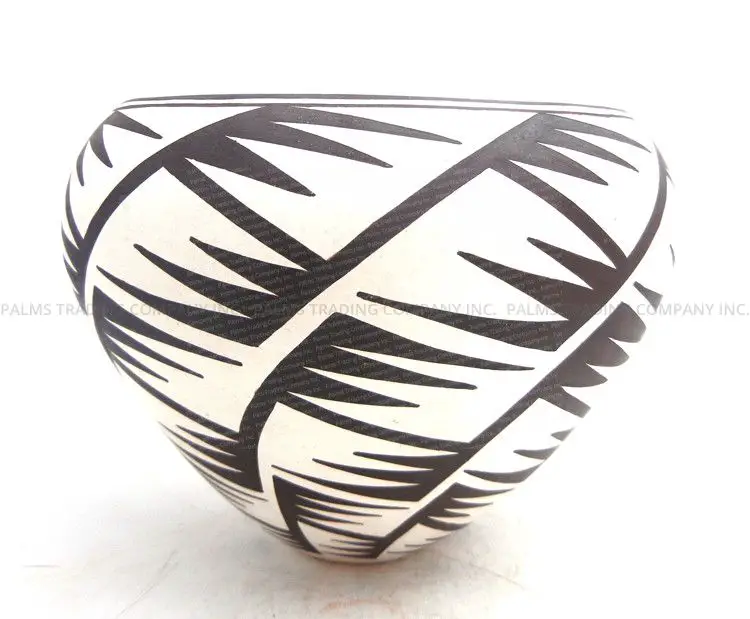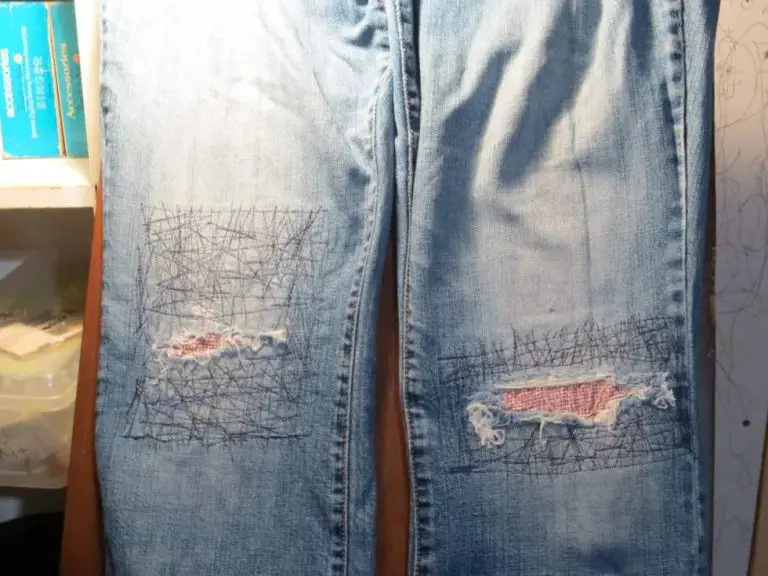Is Making Pottery Easy?
Pottery is the art of making ceramic material into pots, plates, sculptures, and other objects. Ceramic arts involve shaping clay or similar materials and then hardening them with high heat in a kiln. According to the Wikipedia definition, pottery refers to “all inorganic non-metallic porous materials made from clay and hardened by heat.” In simple terms, pottery involves molding clay into an object and then baking that object until it becomes hard.
The term “ceramic” comes from the Greek word keramos, meaning “potter’s clay.” So pottery is essentially the oldest and most basic form of ceramic art. While some people use the terms “ceramic” and “pottery” interchangeably, pottery generally refers more specifically to functional clay objects like bowls, mugs, and vases. Ceramics is a broader term that also includes purely decorative figurines and sculptures made from clay.
Pottery is one of humanity’s oldest art forms, dating back over 20,000 years. It plays an important role in archaeology for understanding ancient cultures. And pottery continues to thrive today as both an artisanal craft and a creative medium for artistic expression.
Brief History of Pottery
The origins of pottery date back over 24,000 years ago to the Paleolithic period when early humans began making simple pots out of clay. Some of the earliest evidence of pottery has been found in East Asia, with fragments discovered in Xianrendong Cave in China dating back 20,000-19,000 years [1]. In Japan, pottery fragments found in caves near the village of Odai Yamamoto date back 16,500 years [2].
Early pottery was made by hand, without the use of a potter’s wheel. Clay would be shaped into simple vessels by pinching, coiling rings, or pressing slabs together. Firing techniques were also primitive, with pots simply being placed in an open fire. As methods improved over thousands of years, pottery became more advanced and widespread across many ancient cultures.
Tools and Materials Needed
Making pottery requires a few basic tools and materials. The most essential is the potter’s wheel, which allows you to center and raise clay into symmetrical forms. Pottery wheels can be kick wheels, electric wheels, or even treadle wheels powered by foot pedals. Quality wheels like the ones from baileypottery.com have adjustable speed controls and smooth ball bearings for fluid throwing.
You’ll also need clay, which comes in natural earthenware varieties like stoneware and porcelain. The clay needs to be wedged and kneaded before throwing to remove air bubbles and ensure even moisture distribution. Most potters buy clay rather than attempting to dig and process their own. Utrecht Art Supplies has many types of high quality clays for different firing temperatures and purposes.
Glazes and stains are essential for finishing fired ceramic pieces with color and surface effects. Glazes like the ones offered by Bailey Pottery can create glossy or matte finishes in any color. You’ll also need access to a kiln to fire clay and glazed ware to over 2,000°F to fully harden them.
Basic hand tools like ribs, trimming tools, sponges, and wire tools assist in shaping, smoothing, carving, and decorating the clay. Things like aprons, splash pans, and cleaning supplies also help keep pottery studios tidy. With quality equipment and materials, it’s possible for both beginners and experts to enjoy the art of pottery.
Key Pottery Techniques
There are several fundamental techniques used in making pottery. Three of the most common are throwing, handbuilding, and glazing.
Throwing
Throwing is done on a potter’s wheel and involves centering and shaping clay into forms like bowls, vases, cups, and plates. Throwing takes coordination and practice to center the clay on the wheel while simultaneously shaping it with your hands as the wheel spins. According to https://www.couling.com/basic-pottery-techniques/, throwing small pieces and trimming excess clay are basic throwing techniques for beginners to master.
Handbuilding
Handbuilding involves shaping clay without the use of a potter’s wheel. Some common handbuilding techniques are pinch pots, coiling, and slab construction. Pinch pots are made by pinching and pulling the clay into shape. Coiling uses rope-like coils of clay attached on top of each other and blended together. Slab construction uses flat slabs of clay assembled together to form the structure. According to https://www.thecrucible.org/guides/ceramics/handbuilding/, handbuilding allows for unique asymmetrical forms and decorative techniques.

Glazing
Glazing refers to applying colored glazes and finishes on bisqueware (fired clay) before a final firing. Glazes come in endless colors and textures like glossy, matte, crackled, metallic and more. Glazing not only adds beauty but makes pottery nonporous. Decorative techniques like trailing, etching, and resist can be used along with glazing. Knowing how to mix, apply, and fire glazes properly is an essential pottery skill.
Challenges and Common Mistakes
Making pottery can seem deceptively simple, but it requires developing specific skills and avoiding common errors. Here are some of the most frequent challenges beginner potters face:
Centering the clay on the pottery wheel takes practice. As this article explains, improper arm and body positioning can make centering difficult. It takes time to learn the right techniques.
Cracks often occur when clay is allowed to dry too quickly. Covering clay with plastic wraps or damp cloths can help prevent cracking according to this source. Cracks may also happen if clay is too wet or dry.
Kiln errors like under-firing or over-firing are common for beginners. It takes experience to learn the optimal temperatures and firing times for different clays and glazes. Keeping detailed notes can help avoid repeated kiln mistakes.
Patience and persistence are key to mastering pottery. Making errors is part of the learning process. As potters gain experience and skills, they become adept at centering clay, preventing cracks, and firing the kiln properly.
Time and Cost Considerations
Making pottery requires a significant time investment to develop the necessary skills. While simple pieces can be created in a few hours, it takes extensive practice over weeks or months to master techniques like throwing pots on a wheel or sculpting intricate designs. Most beginners take a series of pottery classes over several months before feeling comfortable working independently.
The costs associated with pottery add up over time as well. An introductory pottery class may range from $100-$300 for 6-10 weeks of instruction. Ongoing studio membership fees average $100-$300 per month. Materials like clay, glazes, tools, and kiln time can cost $50-$100 per month. Equipment such as a pottery wheel starts around $300 for a basic model and $1000+ for high-end wheels. Kilns are a major investment ranging from $500 for a small electric kiln up to $2000+ for large gas kilns. With practice, pottery can become a lifelong passion but requires an initial commitment of time and money.
According to Carson City Pottery, the cost of materials and propane gas for firing averages around $30 per session.
Developing Artistic Skills
Making pottery requires creativity and an artistic eye to produce pieces that are aesthetically pleasing. While some natural talent helps, developing strong artistic skills mainly comes through continuous practice and experimentation.
It’s important for beginner potters to allow time for trial and error as they hone their personal style. Having patience and avoiding frustration will lead to growth. As technical skills improve, potters can focus more intentionally on the aesthetic elements of their work.
Some tips for nurturing creativity include studying pottery made by others, trying new glazes and textures, and sketching ideas before sculpting. Maintaining an openness to learning along with persistence and dedication will cultivate artistic mastery over time.
With regular practice and a passion for the artform, potters gain the experience needed to make beautiful, creative pieces. While natural talent plays a role, dedication to developing artistic skills is the key to pottery that expresses your personal vision.
Satisfaction from the Process
One of the greatest rewards of pottery making is the sense of satisfaction that comes from the creative process itself. Molding clay by hand into a functional piece of art is an immensely gratifying experience. As each pot, mug, or bowl takes shape, a potter feels a tremendous sense of accomplishment. There is joy in using one’s own two hands to craft something beautiful and useful from basic materials. This feeling is often described as getting into a state of flow, where one becomes absorbed in the moment of sculpting clay (SOURCE). The hands-on nature of pottery making provides a powerful creative outlet that leads to increased happiness and emotional stability.
Potters also take pride in developing their artistic skills over time. There is always room for improvement in pottery, encouraging lifelong learning. Perfectly glazing an intricate design or thinning a pot’s walls to optimal consistency provides deep fulfillment. While satisfying results require patience and practice, the payoff is immense. As potters master new techniques and experiment with styles, the sense of achievement continues to grow.
Sharing and Selling Pottery
One of the great aspects of pottery is being able to share it with others. Many hobby potters enjoy giving their creations as gifts to friends and family or displaying pieces in their own homes. For those interested in selling their pottery, there are several options to consider.
Local art shows provide a chance to show and sell pottery in-person. According to an article on Worcestermag.com, events like the Pottery Invitational allow potters to showcase their latest creations, meet customers, and make sales. With the rise of online platforms like Etsy, selling handmade pottery online has become easier than ever. Potters can open up their work to a global customer base. Turning pottery into a full-time business takes commitment but can be deeply rewarding for those able to put in the time and effort. As covered in an article on Nwitimes.com, young pottery entrepreneur Quinn Callander successfully sold his pottery creations to fundraise for Ukrainian refugees.
Conclusion
Making pottery by hand is not as easy as it may initially appear, but it also does not require innate artistic talent or skill. With the right tools, materials, and techniques, pottery can be learned through patience, practice, and persistence. The most important requirements are an interest in the craft, a willingness to learn, and an appreciation for the process itself.
Pottery requires foundational knowledge of key techniques like wedging, centering, throwing, trimming, glazing, and firing. Mastering these skills takes time and consistency. However, the payoff is the ability to create functional ware and artistic pieces out of simple clay. While mistakes and imperfections will happen along the way, they are part of the valuable learning process.
The pottery-making journey also develops broader skills like creativity, dexterity, focus, problem-solving, and design. With enough practice and exploration, both form and function can be achieved. While falling short of expectations is inevitable at the start, creating beautiful and meaningful pieces that you make with your own two hands is incredibly rewarding. Pottery requires patience and persistence, but the skills can absolutely be learned with dedication to the process itself.




